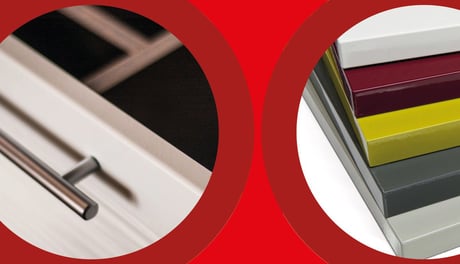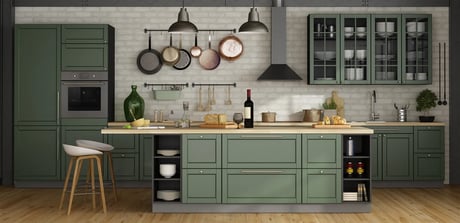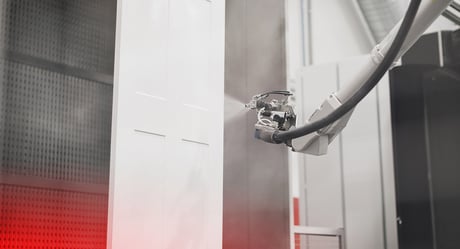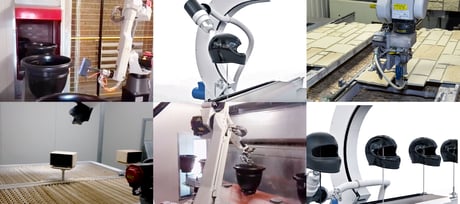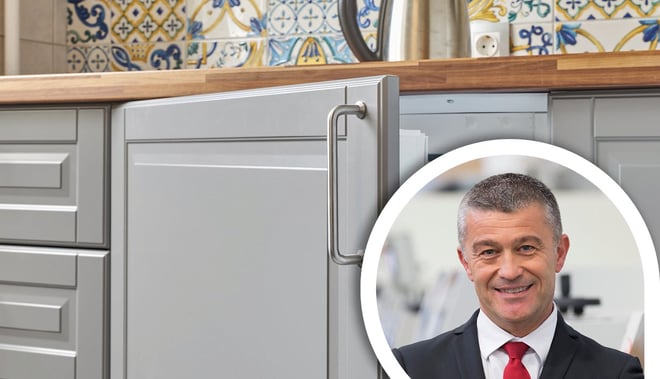
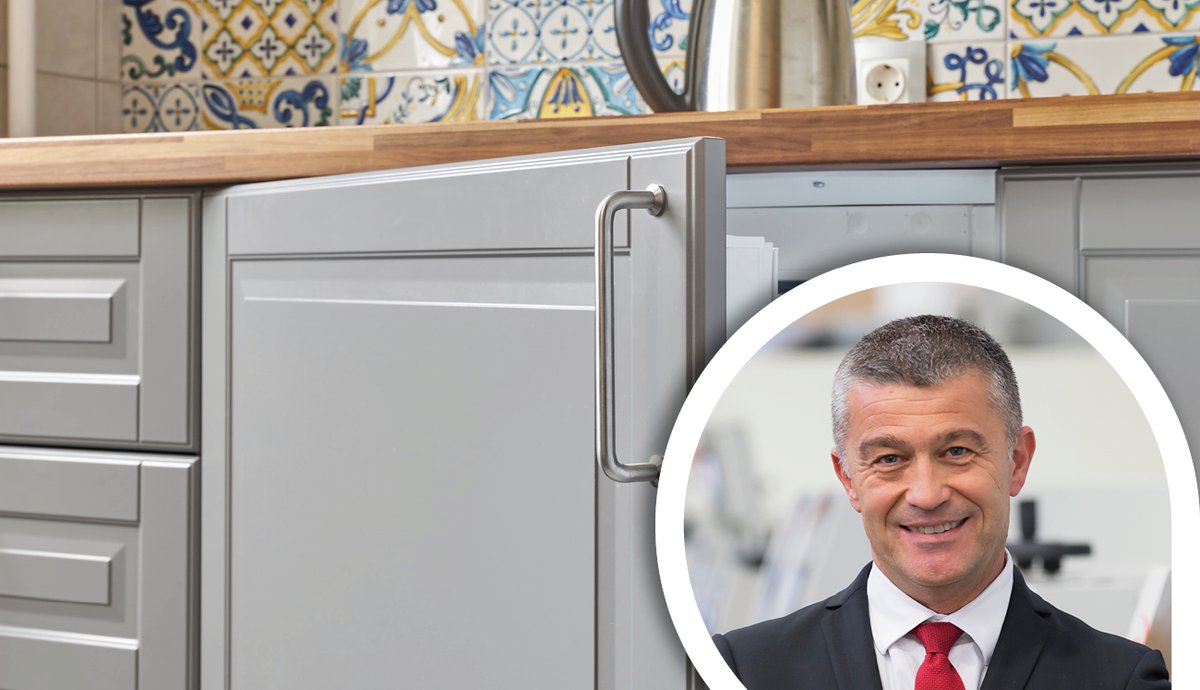
Until recently raised panels used for kitchen cabinet doors or even standard doors with raised sections or grooves on the surface were spray coated, start to finish. The process involves various application steps for base and topcoats, sometimes differing according to whether the finished effect is glossy or matt. It also foresees sanding operations between two base application steps and involves a fair bit of handling by operators. Streamlining this process with a hybrid line made up of roller coating and spray coating equipment increases overall efficiency and reduces operator intervention. But how can you process raised panels with a roller coater?
If this were possible, savings could come from less lacquer consumption because whereas transfer efficiency using spray coating equipment may exceed 60%, roller coating procedures ensure even better transfer efficiency and thereby cut lacquer-related costs in comparison.
However, roller coating for raised panels was unheard of until the Smartcoater PRO family of roller coaters adopted the soft rubber application roller technology. This innovation has led to a change in the rules and companies are beginning to adopt the technology which has proven in our laboratory tests to achieve savings on lacquer consumption of up to 1€/sqm.
Equipped with a soft rubber application roller, Smartcoater PRO is able to shorten the coating process:
- avoiding the need for sanding between base coats,
- avoiding the need to deal with poorly calibrated panels,
- reducing the handling operations,
- reducing lacquer and solvent consumption,
- and reducing lead times.
And this is possible on kitchen cabinet doors and other substrates with 10 mm grooves.
Discover how the soft roller works for raised panels here.
Roberto Sorbini
Business Line Manager | Roller Coating Technologies
Product development, technologies and machines for roller coating
